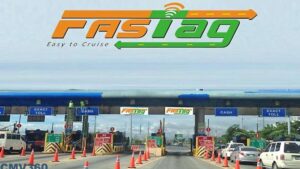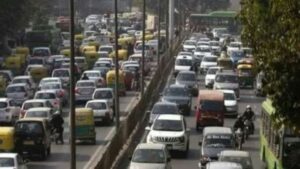End of an Era: Kolkata’s Iconic 150-Year-Old Trams to Be Discontinued
Kolkata Tram, century-old electric transport system in Kolkata (File Photo)
In a significant shift for the city’s transportation landscape, the West Bengal government has announced the discontinuation of Kolkata’s historic tram service, which has been a cherished symbol of the city since its introduction in 1873. The decision, aimed at modernizing public transport in response to increasing traffic congestion, has stirred mixed emotions among locals who regard the trams as an integral part of Kolkata’s identity.
A Brief History of Kolkata’s Trams
Kolkata’s tram service began on February 24, 1873, with horse-drawn cars running on tracks laid out by the British. The service evolved through the years, with steam engines being introduced in 1882 and the first electric tram hitting the streets in 1900. In 2013, the introduction of air-conditioned trams marked a significant modernization of the service. Despite these advancements, the trams have become increasingly overshadowed by other, faster modes of transportation.
🚨 West Bengal government decides to discontinue the 150-year-old tram service in Kolkata. pic.twitter.com/b44uWvjaFd
— Indian Tech & Infra (@IndianTechGuide) September 29, 2024
Reasons for Discontinuation
Transport Minister Snehasis Chakraborty cited the slow speed of trams as a primary reason for their discontinuation. He explained that commuters are seeking quicker alternatives amid rising traffic woes. “Trams cannot ply the roads along the same routes at the same time as it is leading to congestion,” Chakraborty stated. He emphasized that only one route—from Esplanade to Maidan—will remain operational for heritage tram rides, allowing residents and visitors to enjoy a nostalgic and eco-friendly experience.
Commuters’ Reactions
The decision to phase out the trams has met with significant discontent from the public. Local commuters expressed their concerns, emphasizing the tram’s role as a lifeline for many, particularly the economically disadvantaged. A commuter lamented, “It is the cheapest mode of travel. It is eco-friendly since it runs on electricity.”
An 18-year-old student also shared his fond memories of waiting for trams, reflecting a sense of nostalgia that many residents feel. “Cities should develop, but along with it, history should also be preserved,” said a teacher who reminisced about his childhood tram rides.
Despite the government’s assertion that trams contribute to traffic congestion, some commuters argue that the problem lies elsewhere. They point out that traffic jams are prevalent throughout the city and not solely a result of tram operations.

A Legacy in Jeopardy
The tram service has long been a point of pride for Kolkata, particularly during celebrations marking its 150th anniversary in 2023. However, the shift towards modern transport solutions raises concerns about preserving the city’s historical heritage. Udit Ranjan Gupta of the Calcutta Tram Users’ Association noted, “Now trams have become a secondary mode of transport, which is a big setback of our heritage tram.”
Conductor Manas Das, who has spent 40 years driving trams in Kolkata, echoed these sentiments, saying, “I wish the government tried to continue tram service in Kolkata as a heritage transport mode.”
As the city transitions towards a new era of transportation, the iconic trams—a symbol of Kolkata’s rich history—will be sorely missed by many. The decision reflects a broader trend in urban development, balancing the need for modern conveniences with the preservation of cultural identity. Only time will tell if this move will enhance transportation efficiency or if it will lead to the loss of a beloved piece of Kolkata’s charm.







